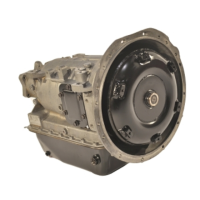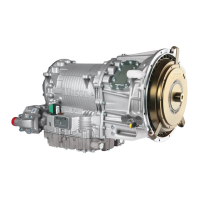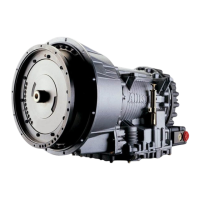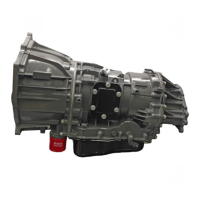1
PREVENTIVE
MAINTENANCE
S
ECTION
I
1–1. PERIODIC INSPECTION AND CARE
Clean and inspect the exterior of the transmission at regular intervals. The severity
of service and operating conditions will determine the frequency of such
inspections. Inspect the transmission for the following items:
•
Loose bolts (transmission and mounting components)
•
Fluid leaks (correct immediately)
•
Shift linkage freely positioned by transmission detent
•
Full (and ease of) movement of mechanical modulator linkage
•
Vacuum leaks in the air line and modulator
•
Damaged or loose fluid lines
•
Worn or frayed electrical connections
•
Worn, out-of-phase driveline U-joints and slip fittings
•
Loose or missing speedometer cable fittings
•
Damaged PTO linkage and driveline
Check transmission fluid regularly. Once consistent daily hot level checks have been
established, and daily inspection shows no sign of transmission leakage, less
frequent checks can be made.
1–2. IMPORTANCE OF PROPER FLUID LEVEL
Because the transmission fluid cools, lubricates, and transmits hydraulic
power, it is important that the proper fluid level be maintained at all times.
If the fluid level is too low, the converter and clutches will not receive an
adequate supply of fluid. If the level is too high, the fluid will aerate, the
transmission will overheat, and fluid may be expelled through the breather
or dipstick tube.
1–3. DIPSTICK MARKINGS
Earlier models use a dipstick marked FULL and ADD (Figure 1–1). Later models
use a dipstick marked COLD RUN and HOT RUN. Figure 1–2 illustrates the marks
in relation to the transmission.

